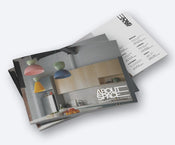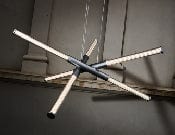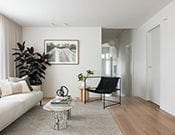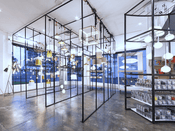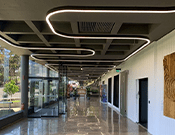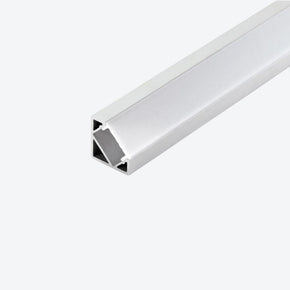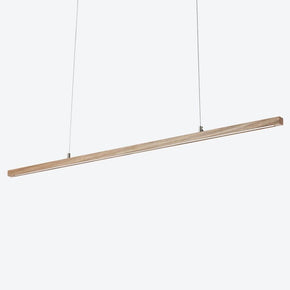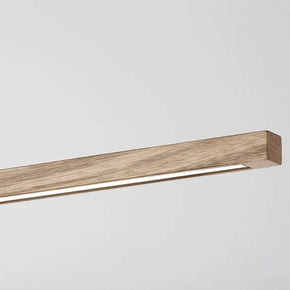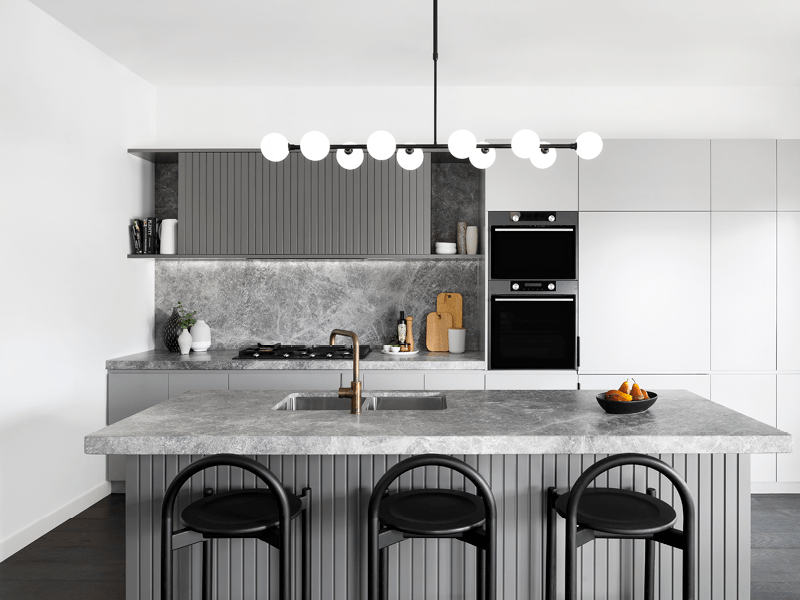- No products in the cart.
- ``
How to create a practical and stylish home with task lighting
20
Jul
Task lighting is the illumination of a specific area to enable you to carry out tasks in that space. This is opposed to ambient lighting, which involves the illumination of a broad area, or mood lighting, which is, as the name would suggest, all about setting a mood.
Task lighting is often overlooked, but it’s one of the most important aspects of designing a functional home, office or commercial space. It’s essential to think about how a space will be used and where specific task lighting will need to be placed.
If you’re relying on mood or ambient lighting for all your lighting needs, you risk not having sufficient light to complete tasks within your home. Certain spots in the home, like cooking and cleaning areas in the kitchen, work areas in the home office, above the mirror in the bathroom, or next to an armchair for reading all require task lighting.
Use this handy guide to incorporate functional task lighting in your home.
What kind of fixtures provide task lighting?
Some lights are designed specifically to provide task lighting. These task lights are generally portable lamps or under-cabinet lighting - think desk lamps, overhead spotlights, wall-mounted reading lights, under-cabinet lights and table lamps.
But while there is such a thing as ‘task lights’, task lighting can be achieved using almost any fixture - both downlights and pendants can provide task lighting if positioned appropriately. Task lighting and task lights often work together to give you the greatest amount of control over your lighting.
Which rooms need task lighting?
Almost every room in your home will require some form of task lighting.
The kitchen
Task lighting is essential in the kitchen. Overhead lighting can cast shadows that make cooking and cleaning difficult (and dangerous). From cooking to cleaning to rifling through the pantry, the kitchen requires well-planned placement of task lights.
In kitchens, task lighting is often broken down into two types - under cabinet lighting and downlights.
For under cabinets, you could opt for under-cabinet spotlights. If going down this path, make sure to position them directly above your work area, such as where you do most of your food preparation.
The other option - strip lights - are highly functional and can be mounted to any area in your kitchen to create a modern, sophisticated look. Keep in mind, however, that when using strip lights, you want the light to be strong enough to sufficiently illuminate the area. Strip lighting is often used to add ambience to a room, but it needs to be strong enough if you want to create a safe and practical kitchen.
The study
The home office is another room that absolutely requires task lighting. In a study, the most popular option is a desk lamp - ceiling lights can cast shadows, so a desk lamp helps avoid that.
Lamps also give you greater flexibility to simply switch them on when you need. You may not need the lamp when looking at your monitor - overhead lights should suffice. But when you switch to reading a printed-out document or book, you’ll require a stronger and more targeted light source.
If you know where your desk is going to sit during planning stages, you can add interesting ceiling lights or downlight situated directly over the desk.
The living room
While less essential than in other rooms, task lighting in the living room will be needed if you intend to do any activities at night, such as reading a book, sewing or playing a board game.
While you can use overhead lights for these activities, one lighting source can often be too harsh. Task lighting gives you an element of flexibility as you ease into the night. In the living room, the most popular lighting choices are floor or desk lamps.
The bathroom
Bathrooms often get overlooked when designing lighting, but as long as you factor in their IP rating, it’s very important to have task lighting over spots like the shower or the mirror. Overhead lighting can cast ugly shadows, which will make applying makeup or shaving difficult,, so situate your lights with this in consideration.
How much light do I need?
The amount of light your task lighting needs to emit is based on the task being performed and the age of the people performing those tasks. Older eyes need stronger lighting. At the same time, older eyes are more sensitive to glare, so it’s important to invest in quality lighting with a controlled beam of light.
As a general rule, lamps that are too bright can hurt your eyes, while too-dim lights can cause you to strain. Task lights tend to use LED bulbs as these are less severe to our eyes. Also, go for adjustable, so you can position or adjust the light angle as required.
Adjustable task lighting allows you to control the size of the beam. Reading in bed will require a more direct beam of light, whereas cooking in the kitchen will need more dispersed lighting.
How do I position my task lighting?
To avoid glare, position the light source at a 30-degree angle to anything that could cast glare, such as a glass desk or mirror.
Is CRI or Kelvin important?
CRI refers to the effect your lighting has on the accuracy and appearance of the colours in your surroundings A CRI of 100 represent a 100% accurate colour rendering.
For task lighting, it’s important to never use lighting with a CRI of under 60. As a general rule, a CRI in the 80s+ is best for completing most tasks.
You should also consider the Kelvin or colour temperature of your task lighting - cooler lights can stimulate the brain, making you more productive (this is why most office spaces employ cool lighting), while warmer lighting is more ambient. The choice will depend largely on the task at hand and your own personal preference.
Halogen or LED bulbs?
LED lights are more energy-efficient than halogen bulbs. They also emit less heat, so there’s less chance of accidentally burning yourself on the bulb. LED bulbs are also more versatile, and because they’re quite compact, you can use them in tight areas. Halogen bulbs won’t be used in strip lighting applications or sleeker linear lighting.
Modern interiors might look better with a clean-looking LED lighting solution, while a classic study might look better with a warm LED lamp. We always recommend to choose LED but the decision often comes down to personal preference.
How to choose task lighting for every room in the house
About Space stocks a comprehensive range of contemporary task lights and task lighting solutions for the kitchen, the bathroom, the study and the bedroom. Shop our comprehensive range of task lights to find the perfect lighting solution for any room in the house.

